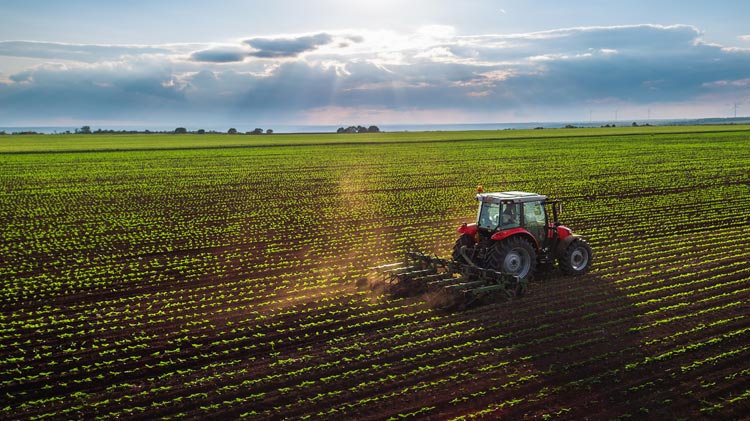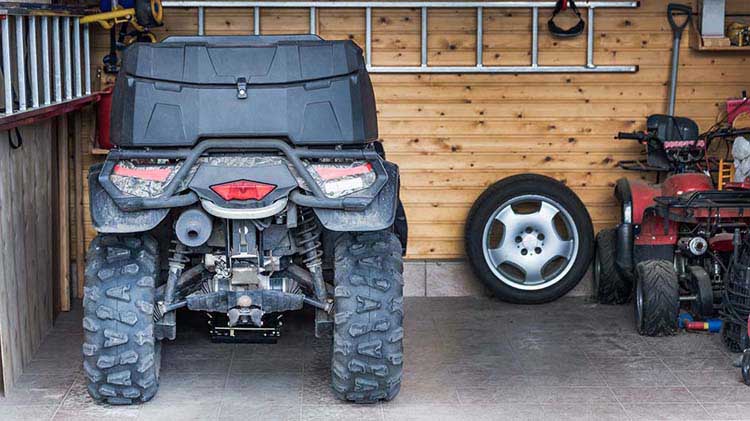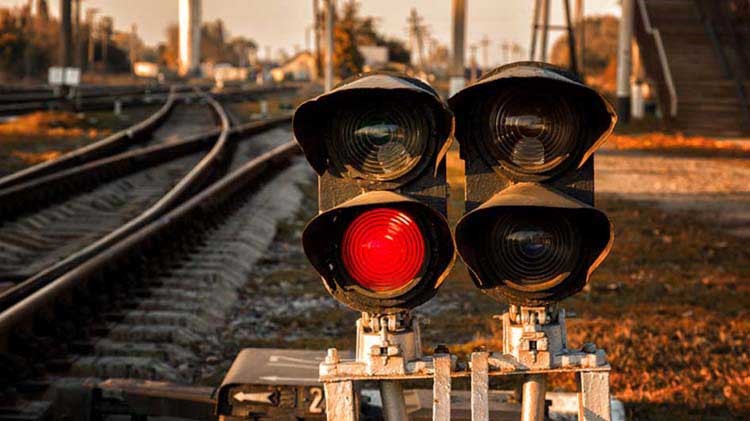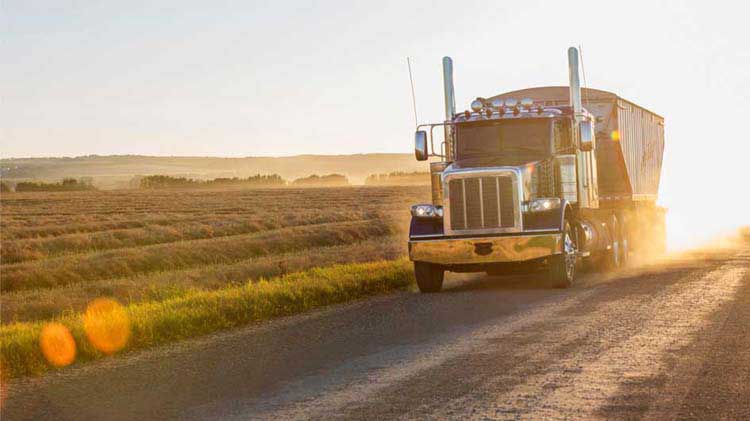Farm scheduling versus blanket coverage
When deciding between blanket coverage or scheduling, we have some tips that could help with the decision.
As you look at insuring your farm or ranch, among your choices you'll need to consider is blanket coverage versus scheduled.
Scheduled coverage individually insures farm personal property which is any non-household personal property that is used in or produced by the farming operation. The four main categories of farm personal property generally included in Farm Ranch policies are:
- Grain and feed
- Livestock
- Machinery and irrigation equipment
- Tools and supplies
Blanket coverage vs scheduled
There are benefits to both blanket coverage and scheduled and you may choose to do one or the other given your farm operations, and be aware that it's not uncommon to use both to provide the best coverage for your operation and your needs.
What is scheduled coverage?
Scheduled coverage typically pays up to the value of the item of personal property listed on the schedule of the insurance policy. In some cases, the insurer is required to pay up to the amount of the personal property item listed on the schedule regardless of your total property limit. Also keep in mind that if the values on your property schedule are not current, you could be significantly underinsured in the event of a major loss.
Other points to keep in mind when you are considering scheduled coverage:
- Generally, you can pick and choose which farm personal property is to be listed. If the item is not scheduled, then it would not be covered in the event of a loss.
- Each item scheduled must have a description. As an example, machinery would need a make, model, year, serial number, etc.
- Irrigation and all components are typically something that you would schedule.
- For livestock, most blanket coverage policies often set a per head value limit based on the type of livestock which may leave you with not enough coverage for higher-valued animals.
- Hay and straw in the open could be covered but there may be exclusions to ask about.
- Items such as tools, supplies and miscellaneous equipment that are valued at lesser amounts may be grouped together in the schedule.
What is blanket coverage?
Blanket coverage provides a total limit for your covered farm property. Blanket coverage is usually applied to an entire scheduled list of farm personal property. In most cases, all farm personal property is included. If there are items you do not want to cover, this may be where you would want to use scheduled coverage.
Another point to consider is that blanket coverage can have minimum coverage amounts for the total blanket.
And there is a per head limit on livestock so be sure to discuss the amount of coverage you need per head of livestock to make sure the blanket fits your coverage needs.
Coinsurance penalty
A very important concept to understand when selecting coverage for your farm personal property is the coinsurance penalty, which is where you're penalized by the amount you're under-insured.
Coinsurance applies generally to blanket coverage but may also apply to groups of items combined on a scheduled basis, such as cattle, so you should review your limits when you select coverage amounts to make sure they are accurate.
It's recommended that the farm personal property be insured at 100% of the actual cash value. But if you choose to schedule your personal property, often it's required you be at a minimum amount of the actual cash value of all the property at the time of the loss.
Value of certain types of farm commodities such as grain and livestock can fluctuate due to inventory size or market prices, so a good practice is to review these annually. Insuring at 100% of the value allows for fluctuations which may occur over time.
Proper valuation of farm personal property must be maintained to avoid a coinsurance penalty. If coverage drops below a certain amount of the actual cash value of farm personal property this means a coinsurance penalty applies and you will be underinsured at the time of a loss.
For more information, let us help you get connected with a State Farm® agent. They can assist with providing more information on what is and is not covered.




